by Ashleigh Feltham Accredited Practising Dietitian and Accredited Nutritionist
Reasons to Choose Blue Foods
As well as considering the health of our bodies, nowadays we also need to think about the health of the planet. When you choose what to buy at the supermarket or at a restaurant, see if you can tick these two boxes that qualify ‘blue foods’.
‘Blue food’ is a term used to describe foods derived from aquatic plants, animals or algae that are cultivated in freshwater or marine environments. There are 2,500 different species of blue foods. Blue foods give your body a matrix of health benefits, and they are good for the planet, creating fewer emissions and having less impact on water and land than other foods.
One type of blue food is seafood, which offers a range of nutrients essential for your health. This includes a source of complete protein to promote and optimise lean body mass. Seafood is also a rich source of essential omega-3 fatty acids that we need to obtain from our diet; our bodies don’t create omega-3.
The types of omega-3 fats found in good amounts, especially in fatty fish, play many important roles in the body. DHA (docosahexaenoic acid) is the main fatty acid our brains need. EPA (eicosapentaenoic acid) can help reduce the risk of health issues, such as coronary artery disease and heart attacks in those with high cholesterol. Seafood is also a good source of vitamin B12, which is needed for normal central nervous system function.
The nutrient density of blue foods also helps to reduce the disease burden on the population. For example, seafood is a source of unsaturated fat, which promotes heart health and function. Land-based animals are a source of saturated fat. In excess, this type of fat can cause an imbalance in the types of cholesterol and increase heart disease risk.
Blue foods like seafood also support the health of an ageing population. As we age, the need for certain nutrients like protein and B12 increases. Blue foods like seafood can offer a good source of both of these nutrients.
The Blue Foods Assessment is an initiative of over 100 scientists selected to evaluate the role of blue foods in supporting both the health of the planet and its people. It emphasized the importance of blue foods to supply the many nutrients vital for human health and to prevent disease. They look at how blue foods are an important part of many different cultures for food security, and how the industry is a good source of employment the world over. In addition, the Blue Foods Assessment looks at the role blue foods can play to support the health of the planet.
It was reported that many fed aquaculture systems were ranked at the same level or better than the greenhouse gas emissions produced in chicken farming. Capture fisheries harvest in both marine and freshwater; greenhouse gas emissions capture fisheries produce varies widely. Flounder and lobster were reported to have the highest greenhouse gas emissions.
The lowest levels of greenhouse gas emissions were produced from the fish varieties cod, some inland fisheries, and small pelagic fish. Pelagic fish varieties include herring, sardines, anchovies and mackerel. All fisheries were found to have negligible emissions of nitrogen and phosphorous.
Despite these positives, there are areas that need improvement to support the health of the planet; increasing biodiversity, improving management, reducing fossil energy, utilising low environmental impact fishing equipment and feed.
The Blue Foods Assessment did support the use of blue foods in the future with careful assessment and design of practices to support the health of the planet and its people. Through careful policy implementation that suits each country and individual location, there could be equitable access to blue foods. Blue foods have the potential to move forward in a positive way with the changing environmental conditions of the planet. Overall, blue foods have the potential to become a key component of nutrition for the people of the planet while maintaining the health of the planet.
So be sure to choose blue foods.
Take home message
To promote the health of the planet as well as your body, select more blue foods. This lifestyle strategy ticks both of these important boxes.

Take the 2-minute Kidney Health Australia kidney risk test.
References:
- Crona, B.I., Wassénius, E., Jonell, M. et al. Four ways blue foods can help achieve food system ambitions across nations. Nature (2023).
- The Blue Food Assessment.
- Small pelagic fish. Marine Stewardship Council.
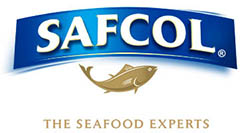
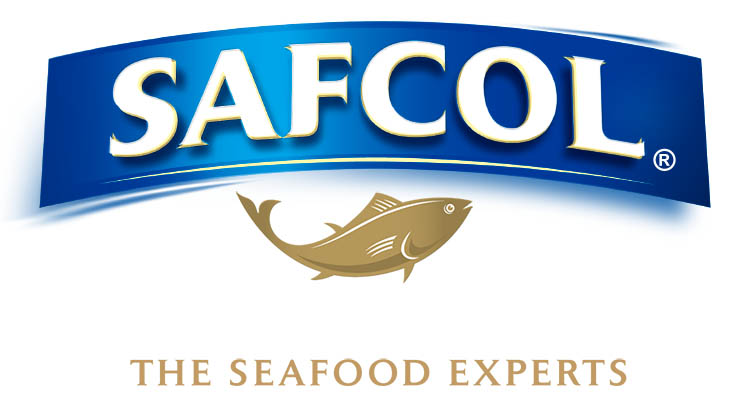
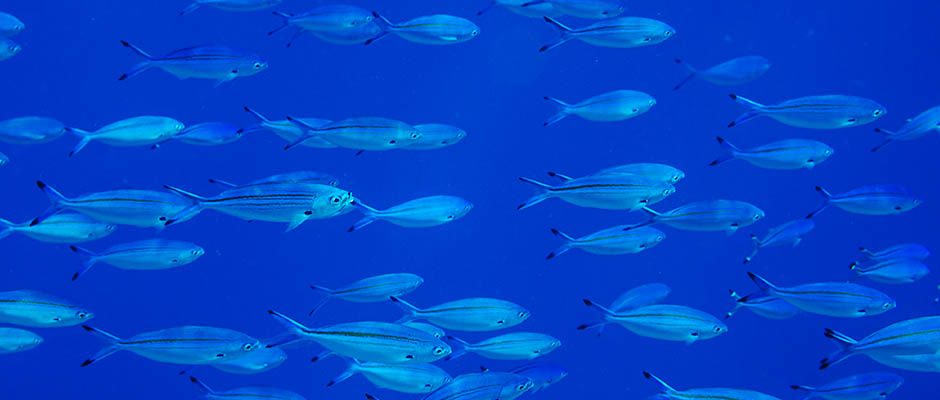
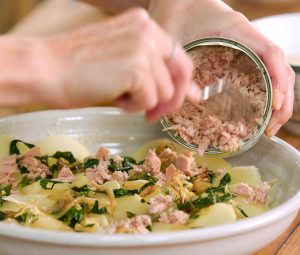






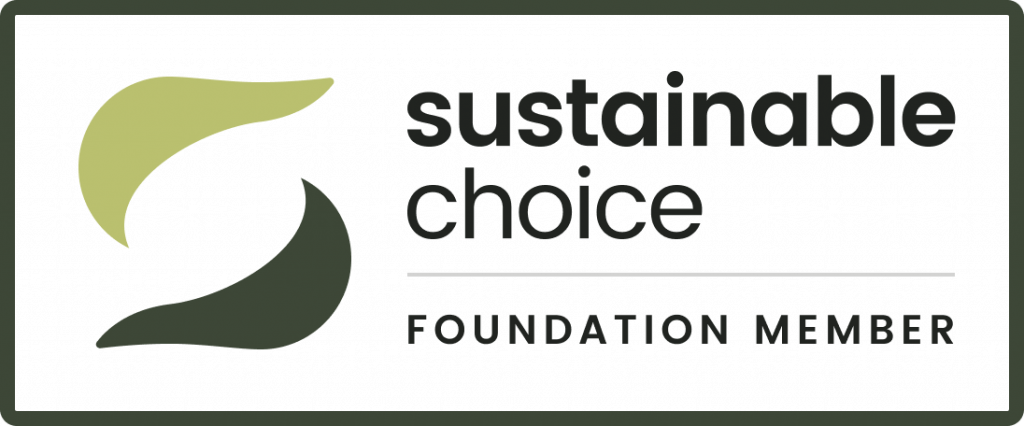





Comments are closed.